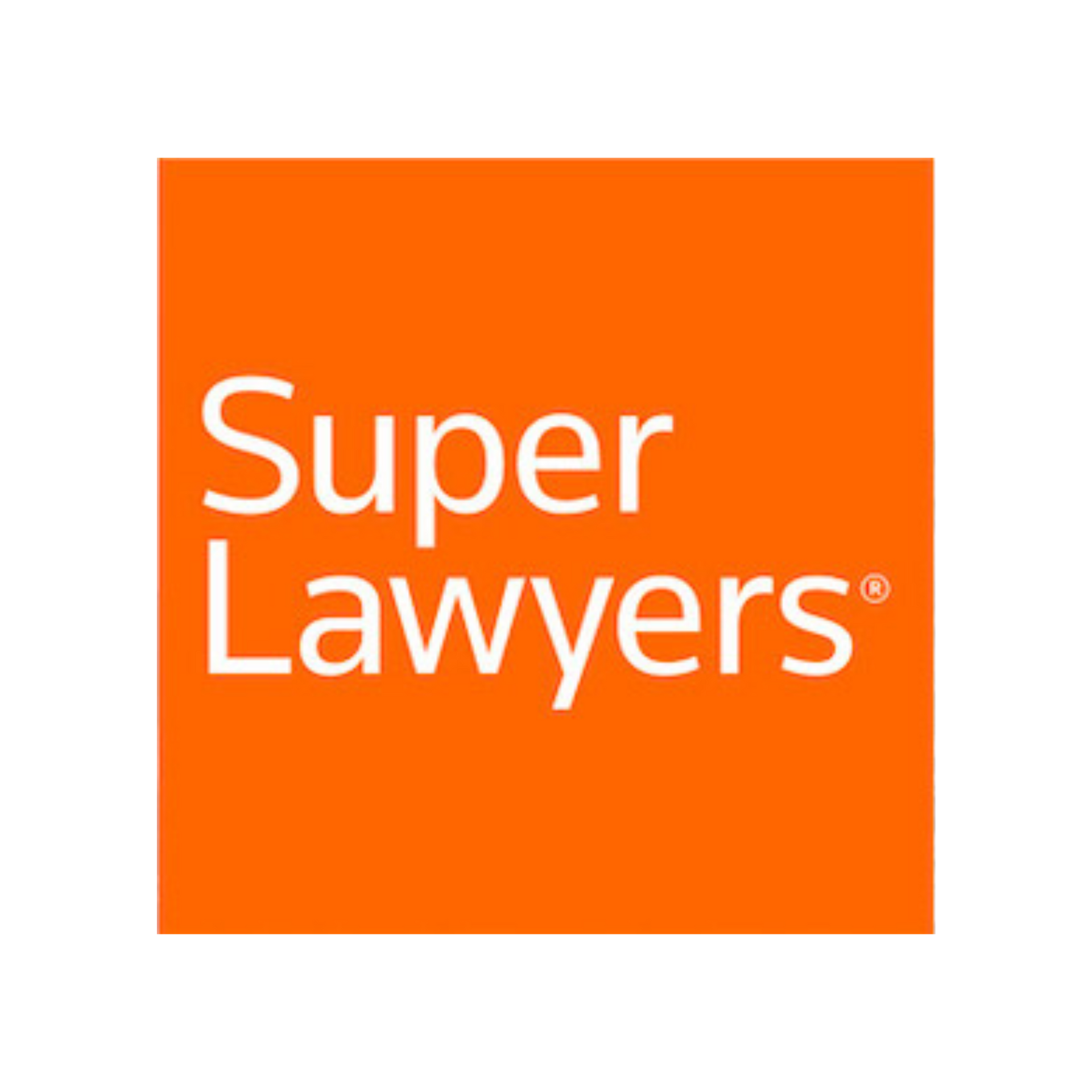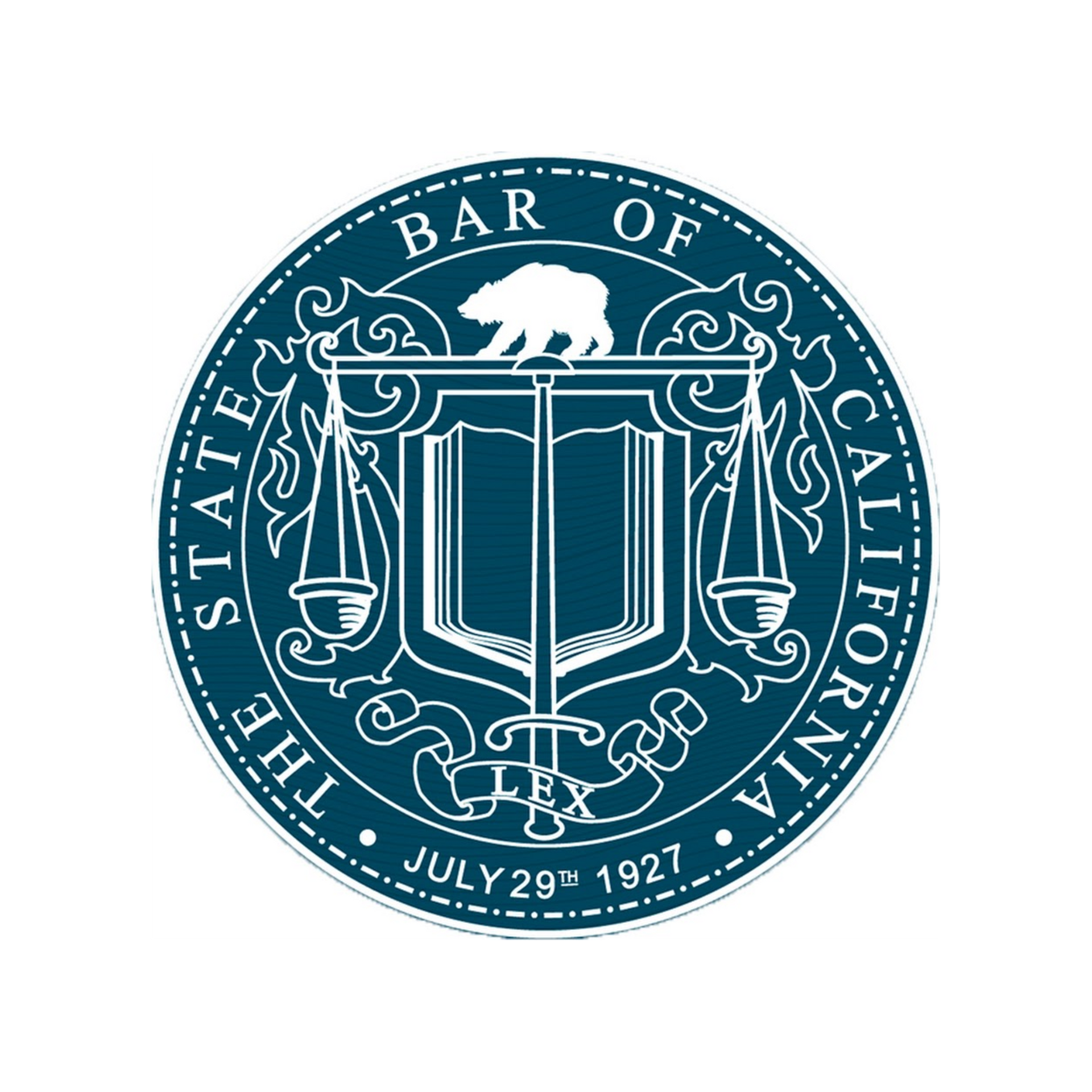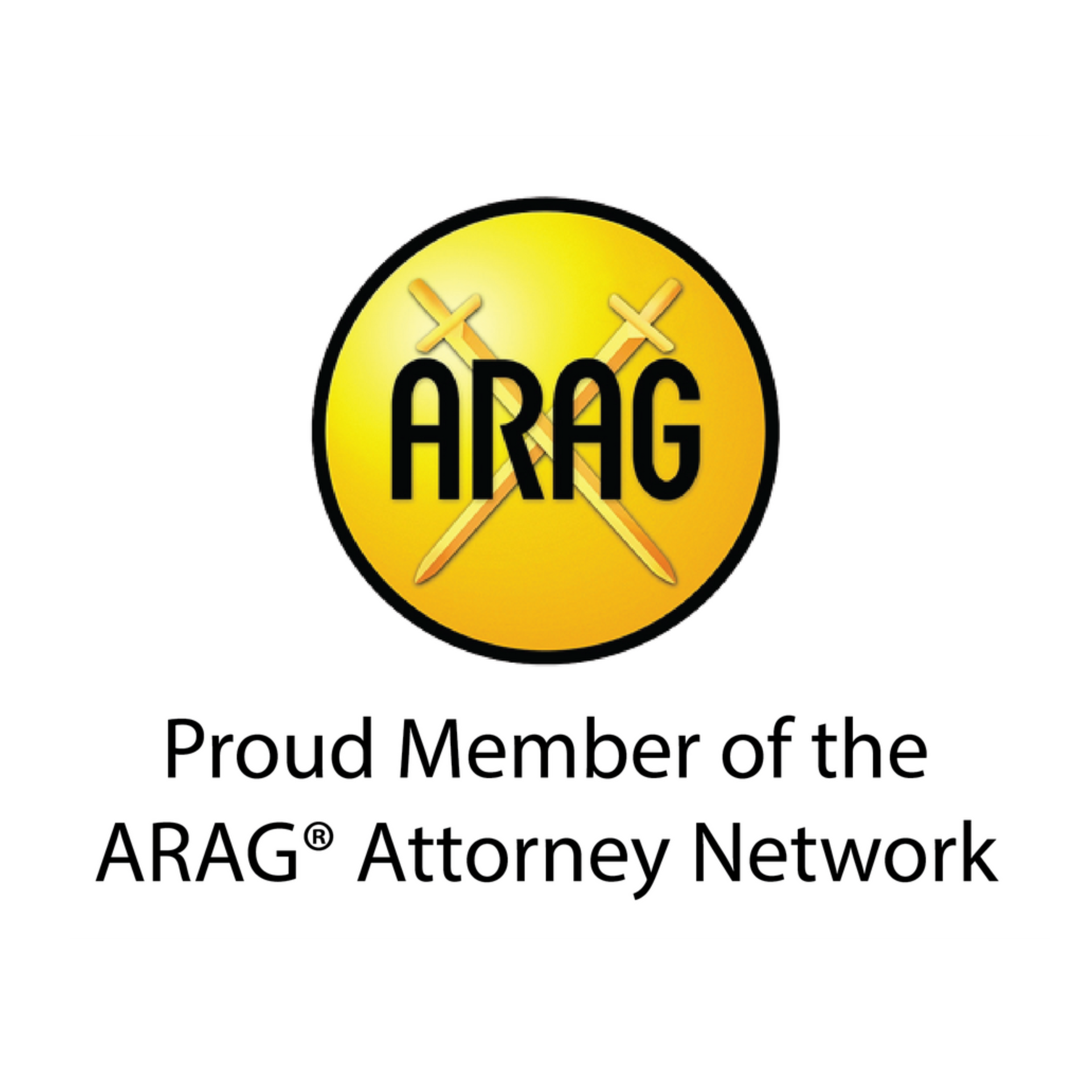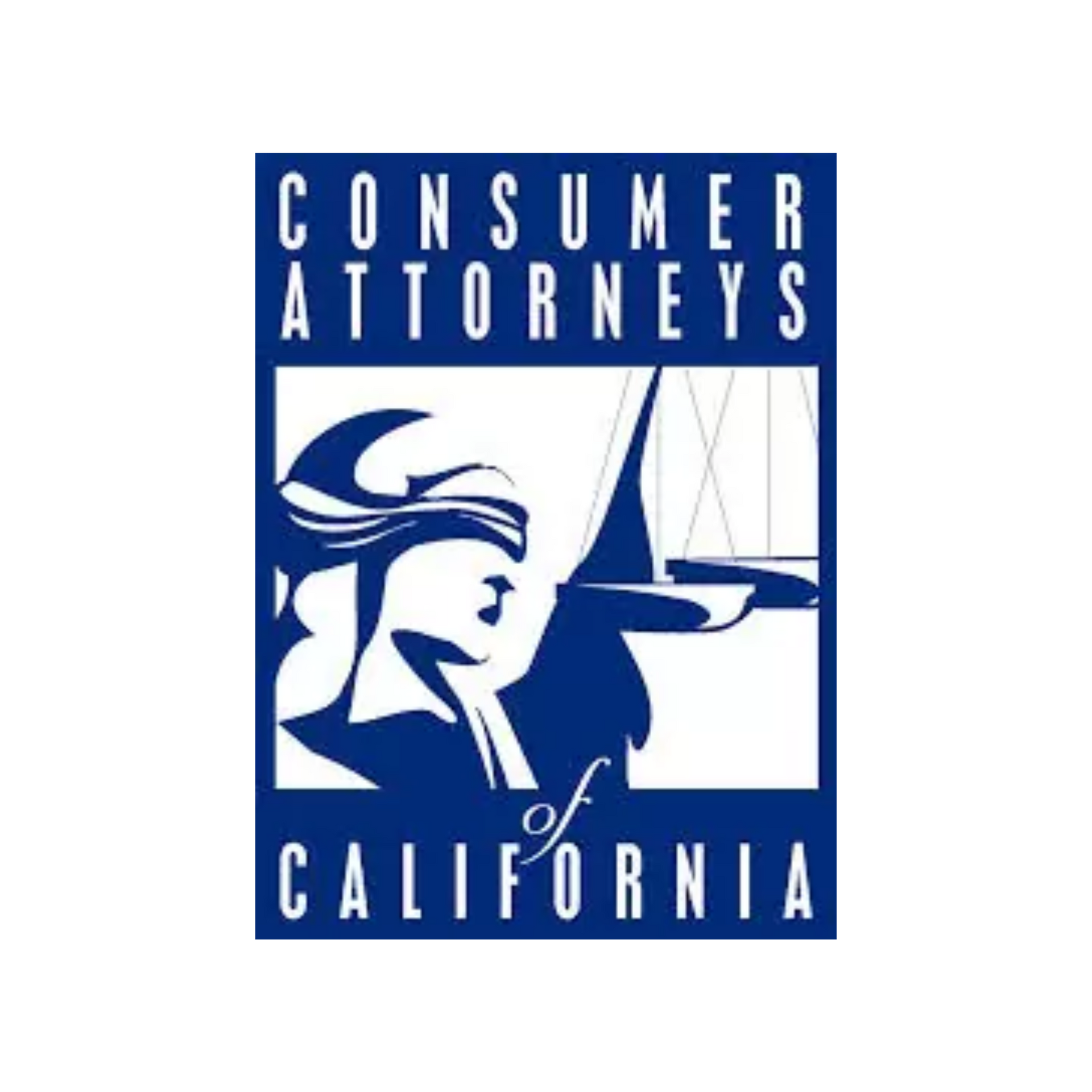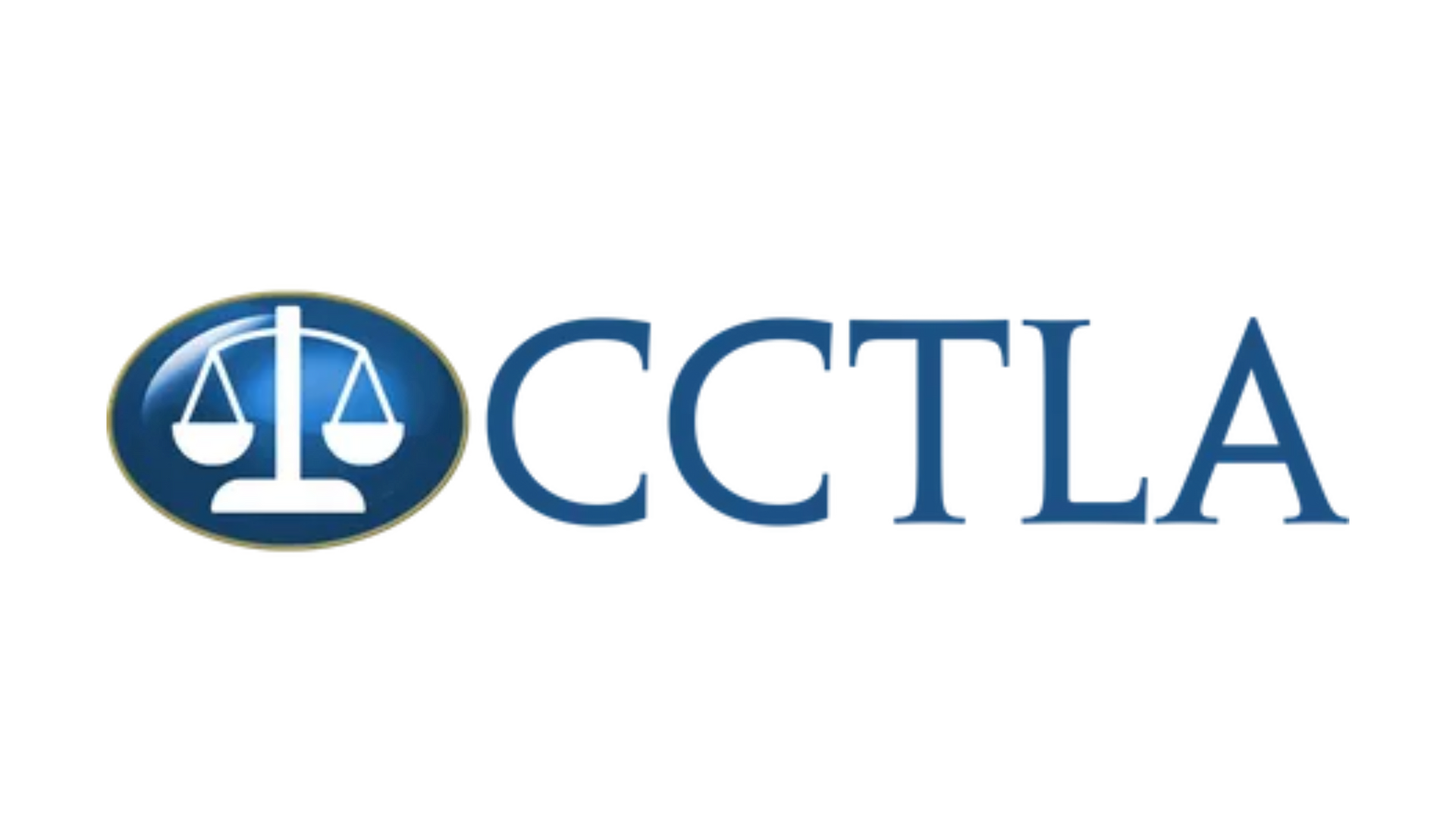Premises Liability
Attorney
in Loomis, CA
What is Premises Liability in Loomis?
Accidents can happen anywhere, at a friend’s home, a local Loomis café, a parking lot after sunset, or even a neighborhood park. When they do, the aftermath can be confusing and overwhelming. You might be left wondering who is responsible for what happened and how you’ll recover from your injuries and the bills that follow. What many Loomis residents don’t realize is that when an unsafe property condition causes harm, the law may allow you to hold the property owner or manager accountable. This area of law is called premises liability, and it exists to protect people who are hurt because someone failed to keep their property reasonably safe.
Premises liability means that whoever owns, leases, or controls a property has a legal duty to make sure it’s safe for those who are lawfully there. That might mean fixing broken stairs, ensuring walkways are properly lit, cleaning up spills, securing loose railings, or repairing damaged flooring. When that duty is ignored and someone gets hurt as a result, the property owner (or whoever controls the space) can be held responsible for the injuries that occur. In other words, when someone’s negligence turns a property into a hazard, they may be legally required to compensate the person who was hurt.
These cases aren’t limited to slips and falls; they include all kinds of hazards that arise when property owners fail to act responsibly. In Loomis, where homes, small businesses, and public spaces make up much of the town’s character, property owners have the same legal obligations as those in larger cities: to maintain a safe environment for guests, customers, tenants, and visitors.
How Premises Liability Accidents Happen in Loomis
Premises liability issues can arise in nearly any type of setting. At a residential property, this could look like a deck that’s been rotting for years, a staircase with a loose handrail, or an unlit walkway that makes tripping inevitable. Homeowners and landlords in Loomis are required to maintain their properties to keep guests and tenants safe. If they know about a hazard or should reasonably know of one and do nothing to fix it, they can be held accountable when someone gets hurt.
In local businesses and stores, property owners and managers have a duty to inspect their premises regularly and correct unsafe conditions. Imagine walking into a Loomis restaurant where the floor near the entryway is wet after cleaning, yet no warning sign is posted. Or consider a small gym that fails to repair a treadmill with a faulty belt. When an injury happens because employees or owners neglected safety, that’s negligence. Businesses invite customers onto their property and profit from their presence, which means they also assume responsibility for ensuring those customers are safe.
Even parking lots and outdoor areas can be dangerous if neglected. A pothole in a shopping center parking lot, broken concrete near a curb, or poor lighting that contributes to a fall or even a crime are all potential sources of liability. In these cases, the owner or company that controls the property, such as a shopping center manager or landlord, is responsible for inspecting and maintaining the space.
Finally, public or shared spaces in Loomis, such as sidewalks, parks, or apartment common areas, can also give rise to a claim. A property manager who ignores a cracked walkway or an apartment complex that leaves a pool gate unlocked may be putting residents and guests at serious risk. When someone’s preventable oversight causes an injury, the law can step in to hold them responsible.
Each of these examples highlights a core principle of premises liability: responsibility follows control. The person or entity with the ability to make the property safe, whether it’s a homeowner, business, landlord, or government agency, also carries the duty to prevent harm.
The Elements of a Premises Liability Case
Every premises liability case in California, including those in Loomis, must prove four essential elements: duty, breach, causation, and damages.
Duty of Care
The first question is whether the person responsible for the property owed a duty to the injured person. In most cases, property owners and those who control property owe a duty of reasonable care to anyone lawfully on the premises. This means they must regularly inspect their property, fix or warn about known hazards, and act as a reasonably prudent property owner would in the same situation.
Breach of Duty
Once that duty is established, the next step is showing that the owner or occupier failed to meet it. A “breach” can happen in countless ways. It can look like failing to fix a broken step, ignoring water leaks that cause slippery floors, neglecting to maintain lighting in stairwells, or failing to repair a fence that poses a safety risk. When property owners cut corners or don’t pay attention, they breach their legal duty.
Causation
It’s not enough that a property is unsafe. It must also be shown that the hazardous condition directly caused the injury. For example, if a person trips on a broken tile that the owner neglected to replace, that defect must be a substantial factor in causing the injury.
Damages
Finally, the injured person must have suffered measurable harm such as physical injuries, emotional trauma, medical expenses, lost wages, or ongoing pain. Without damages, there is no claim to pursue.
If you’re unsure whether your situation meets these elements, the best next step is to schedule a free consultation with our team. We can walk you through your circumstances, help determine whether you have a valid claim, and explain your options.
Who Can Be Held Liable
Liability in a premises case depends on who had control over the property and who was responsible for maintaining safety. That person or entity is often, but not always, the property owner. In some cases, multiple parties share responsibility.
A property owner can be held liable because they hold ultimate authority over the premises. If they knew, or reasonably should have known, that a dangerous condition existed and failed to repair it, they can be held responsible.
A tenant or business operator may also be responsible if they lease or rent the property and control day-to-day conditions. For example, suppose a restaurant in Loomis rents space in a plaza and an unsafe condition arises inside the restaurant. In that case, the business can still be liable even though it doesn’t own the building.
Property management companies are often liable because they oversee maintenance and inspections. If a property manager fails to conduct proper inspections or ignores maintenance complaints, they can be held responsible for resulting injuries.
In some cases, a contractor or maintenance provider may share liability. If a company performed negligent repairs, such as installing unstable handrails or failing to secure wiring, and that negligence caused harm, the company may also be named in a claim.
Finally, public entities, such as the Town of Loomis or Placer County, can be held accountable for dangerous conditions on public property. However, these cases are subject to special rules and shorter deadlines under California’s Government Claims Act, so it’s essential to act quickly. Our team will assess your rights in these situations and let you know your options.
Each of these parties can be responsible because they had the power to prevent harm and failed to do so. At the Law Office of Brian P. Azemika, we investigate ownership records, leases, contracts, and maintenance histories to identify every person or company that may have played a role. Holding the right parties accountable ensures that your claim is as strong as possible.
What Compensation Can You Receive?
The compensation available in a premises liability case depends on the extent of your injuries and how your life has been affected. Typically, damages fall into two categories: economic and non-economic.
Economic damages include the measurable financial costs you’ve experienced, medical bills, rehabilitation costs, lost wages, property damage, and the cost of future care or treatment. Non-economic damages compensate for the harder-to-measure consequences of an injury, such as pain and suffering, emotional distress, or loss of enjoyment of life.
In severe cases, where the negligence was extreme or intentional, punitive damages may also be awarded to punish the wrongdoer and deter similar conduct in the future.
No two cases are alike. A fractured wrist from a fall on a wet floor may result in a modest settlement. At the same time, a catastrophic brain or spinal injury from a structural failure could lead to significant compensation. What’s important is that every dollar reflects both your immediate and long-term needs; this is something our firm is dedicated to ensuring for every client we represent.
Why Choose the Law Office of Brian P. Azemika
When you work with our firm, you won’t be treated like just another case number. Attorney Brian P. Azemika has dedicated his career to helping Northern California injury victims understand their rights and fight for justice. Our firm handles all aspects of your claim, from investigating how the accident happened to dealing with insurance companies, negotiating settlements, and, if necessary, taking your case to trial.
We take the time to listen to your story, understand how the injury has impacted your life, and build a case that genuinely reflects the harm you’ve suffered. We believe in transparency, open communication, and a client-centered approach. You’ll always know what’s happening in your case and why. Most importantly, we’re not afraid to stand up to powerful insurance companies and property owners to make sure your voice is heard.
If you’ve been injured on someone else’s property in Loomis, you don’t have to face the aftermath alone. Whether your accident occurred in a home, a store, an apartment complex, or a public area, you have the right to ask questions and seek accountability. Property owners and managers have a duty to keep their spaces safe, and when they fail, you have the right to pursue compensation for your injuries, your expenses, and the disruption to your life. At the Law Office of Brian P. Azemika, we’re here to guide you through that process with compassion, clarity, and determination. If you’re unsure whether you have a claim,
schedule a free consultation today. We’ll review your situation, explain your rights, and help you take the following steps toward healing and justice.
Practice Areas
CLIENT
TESTIMONIALS
Brian Azemika fought for me when others thought my case was a lost cause. Brian Azemika took over my case with only a few weeks to prepare prior to trial. His knowledge and expertise showed in how he prepared me for my testimony at trial. He also had a great presence in the courtroom and really connected with the jury during the entire trial. He did such a great job in the eyes of the jury that many of them approached him after the trial and asked him for his business card. Thanks to Mr. Azemika, the jury returned a verdict for $400,000.00, which was amazing since the settlement offer from the insurance company was for only $45,000.00 on the first day of trial. I am so glad that Brian Azemika was my trial attorney.
Irene J.
Ione, CA
Proud Sponsor of the new Local Women’s Premier Soccer League team,
The Roseville Iron Rose.
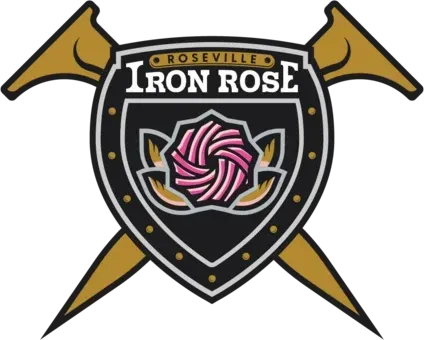
“You focus on your health and recovery – I’ll do the rest!”

